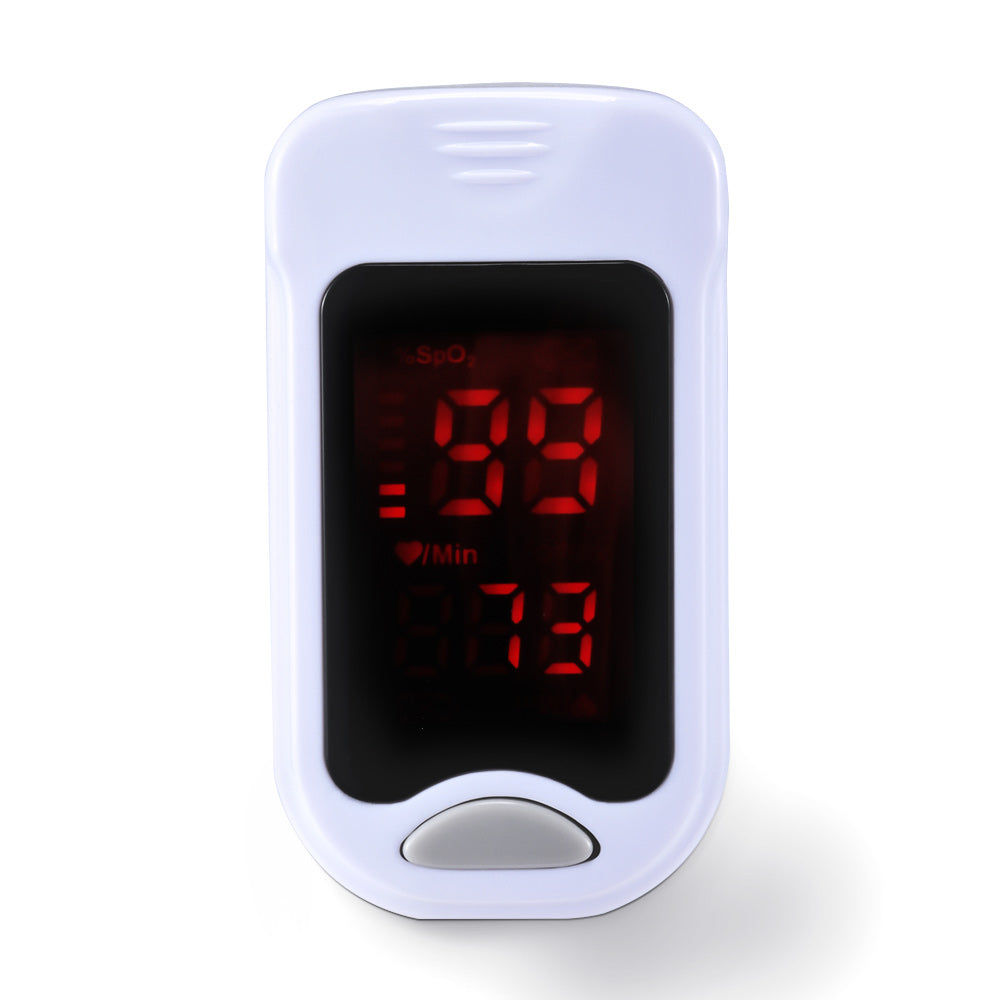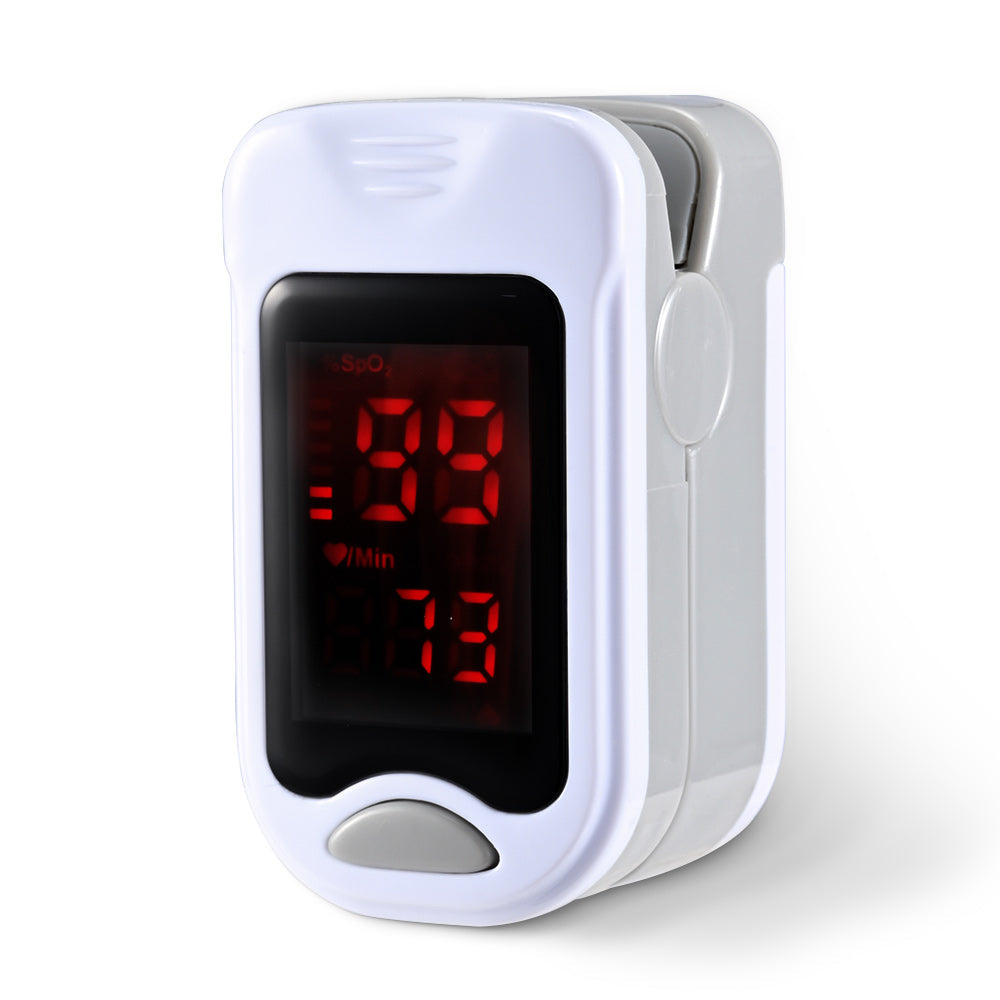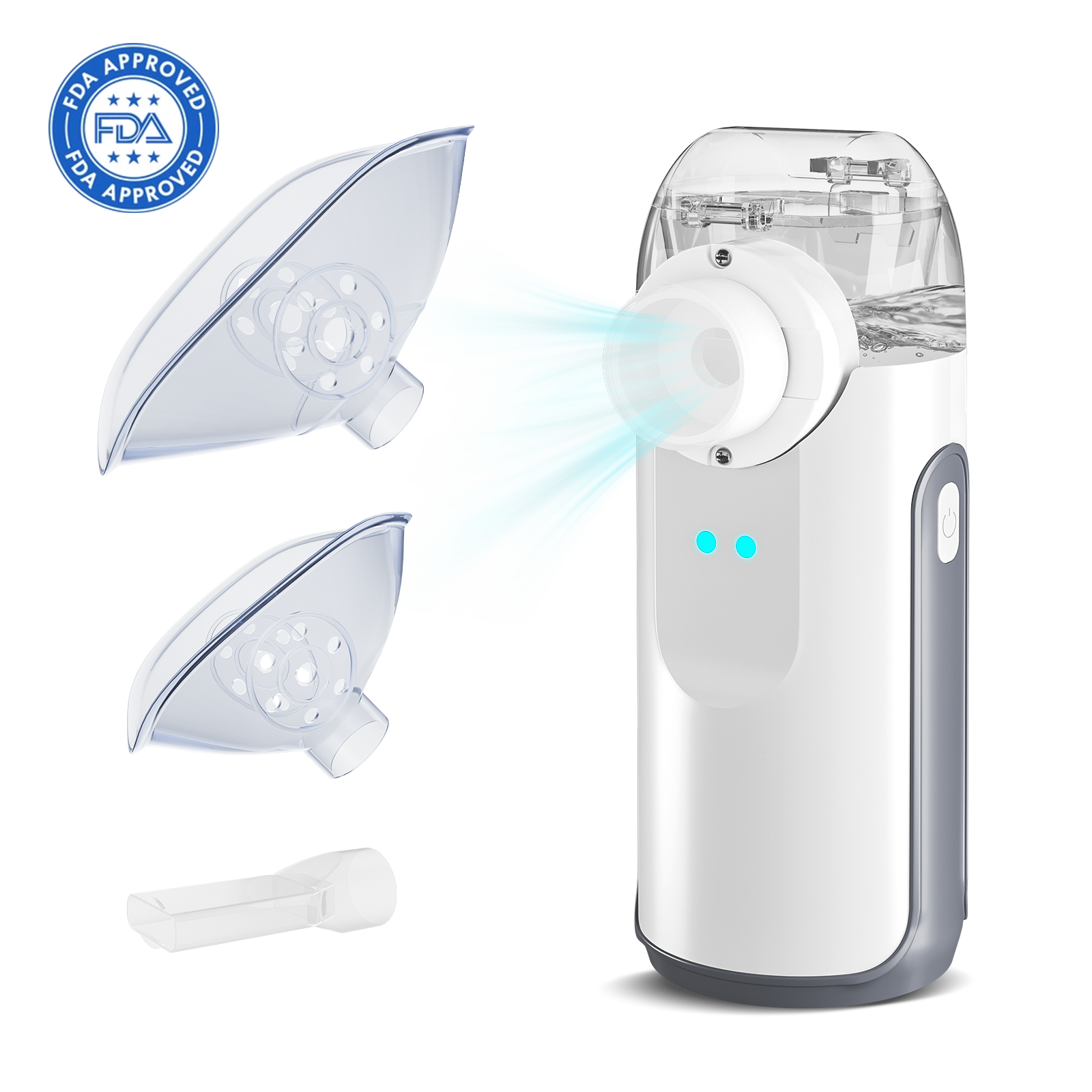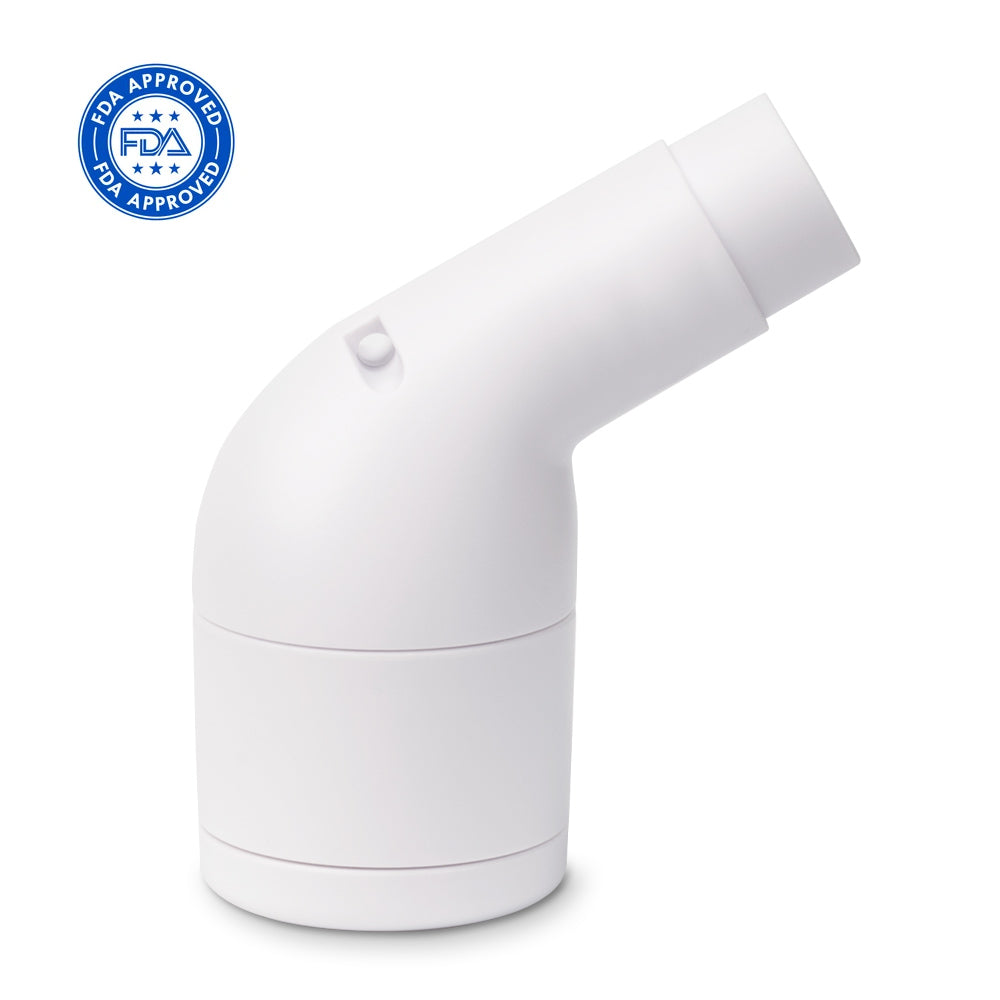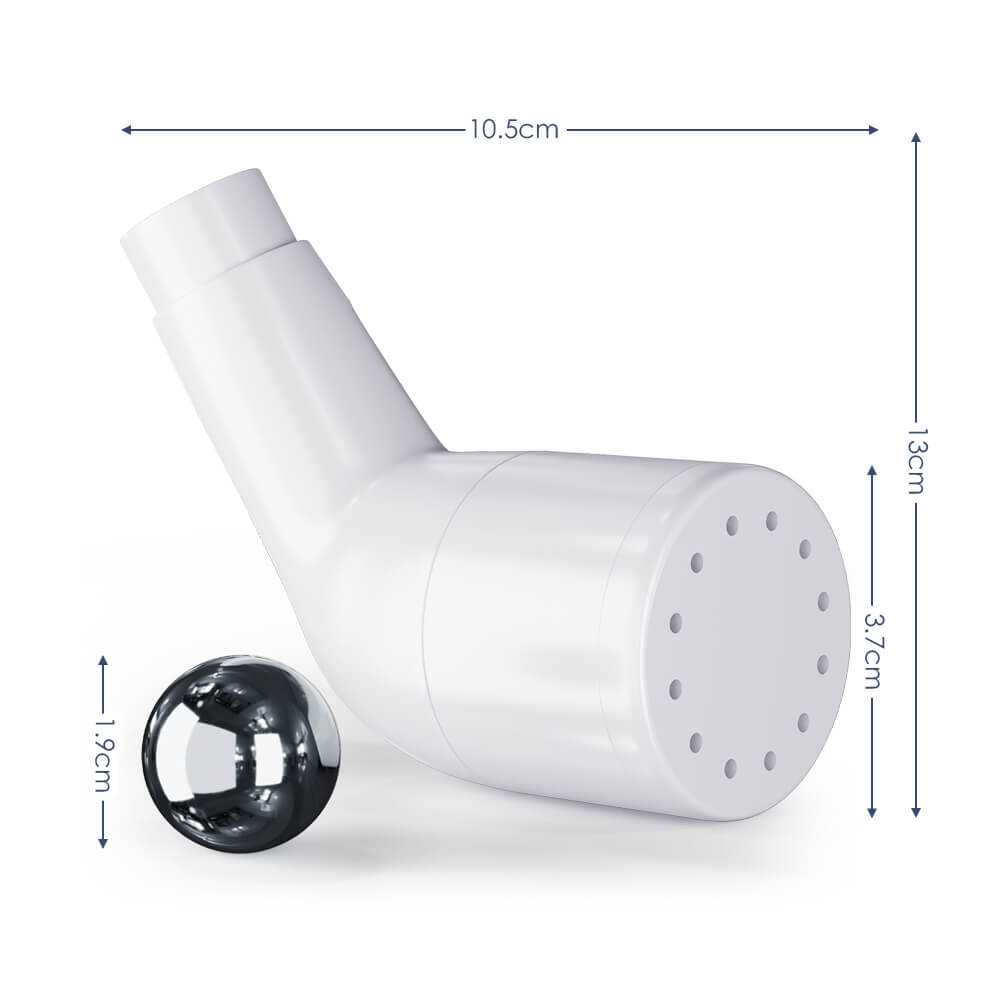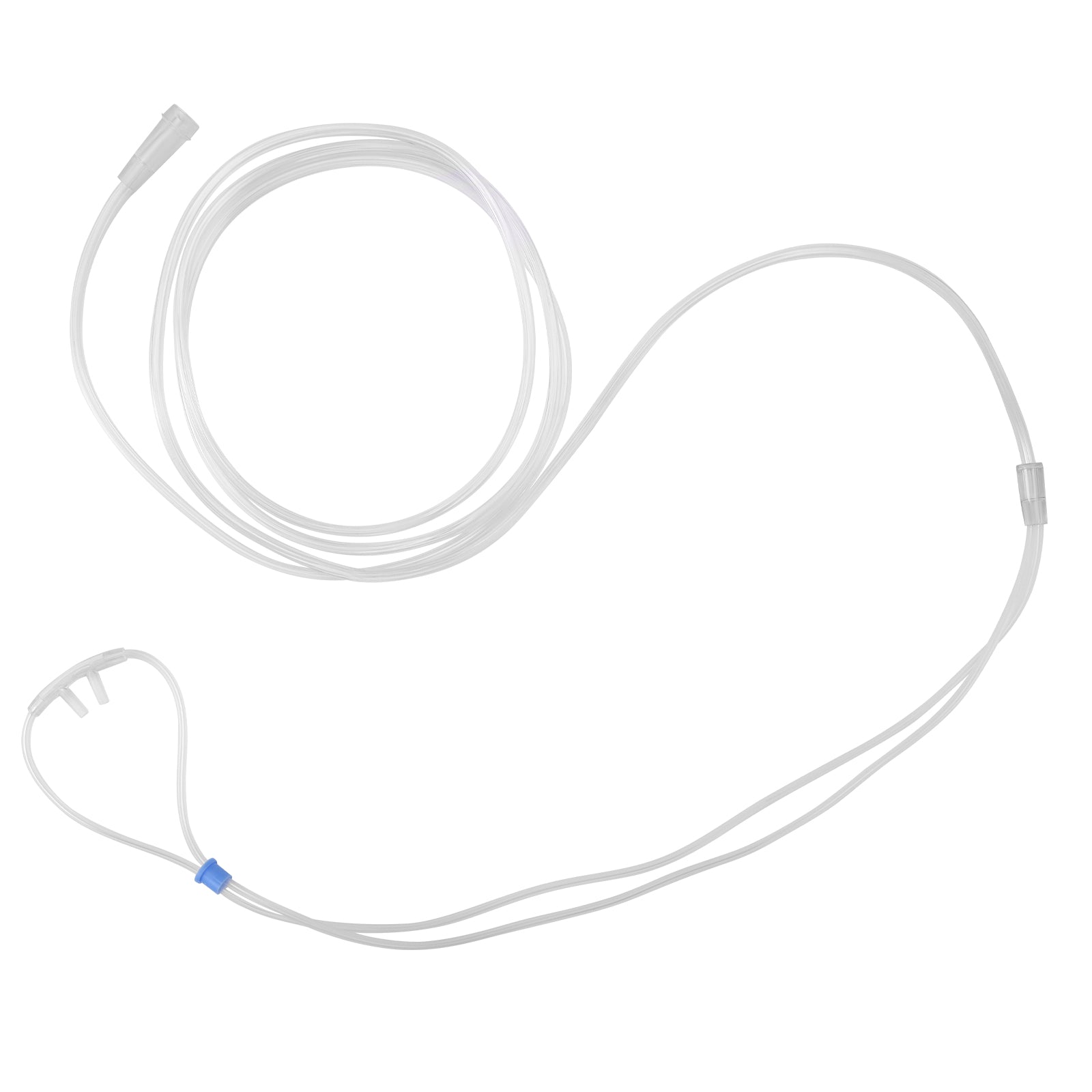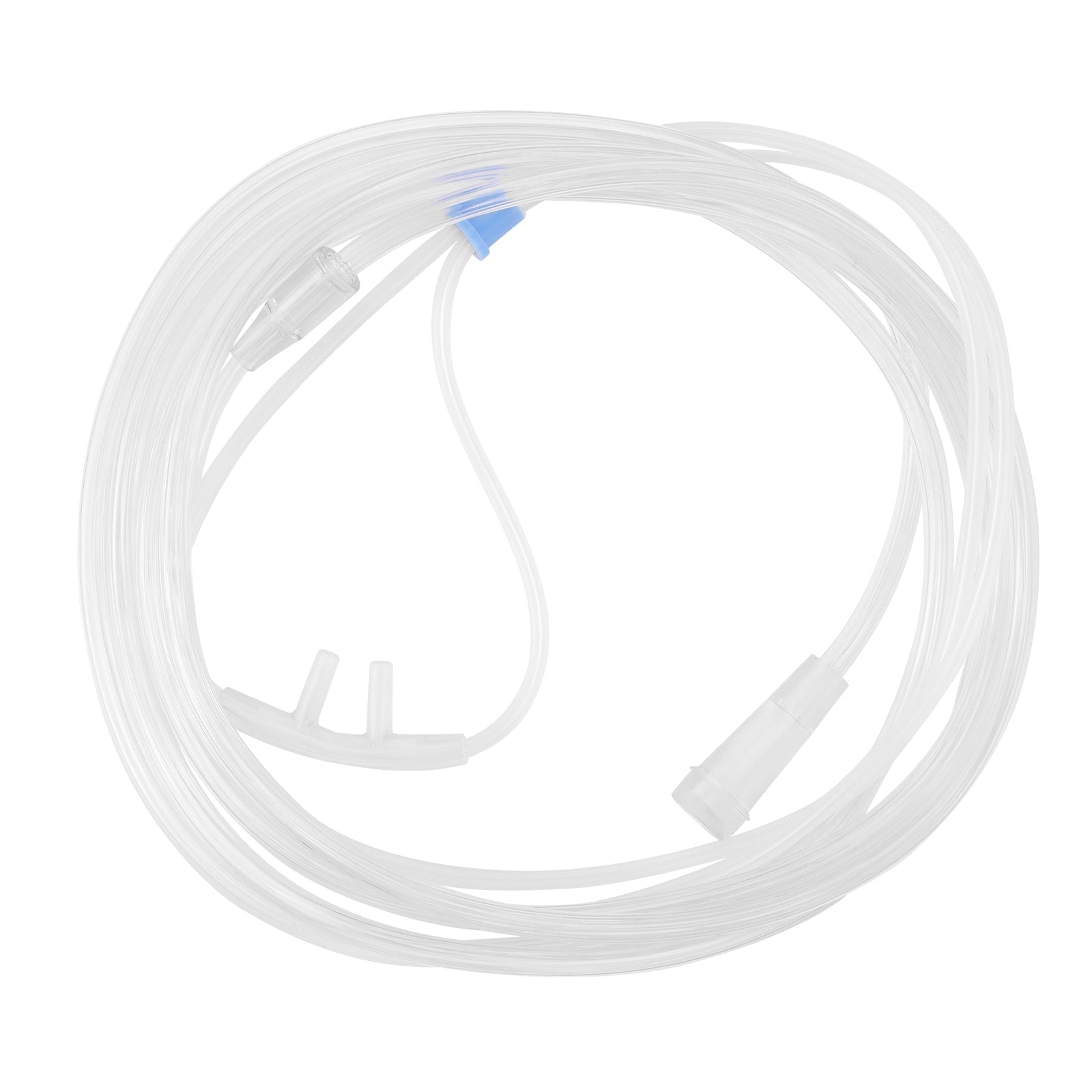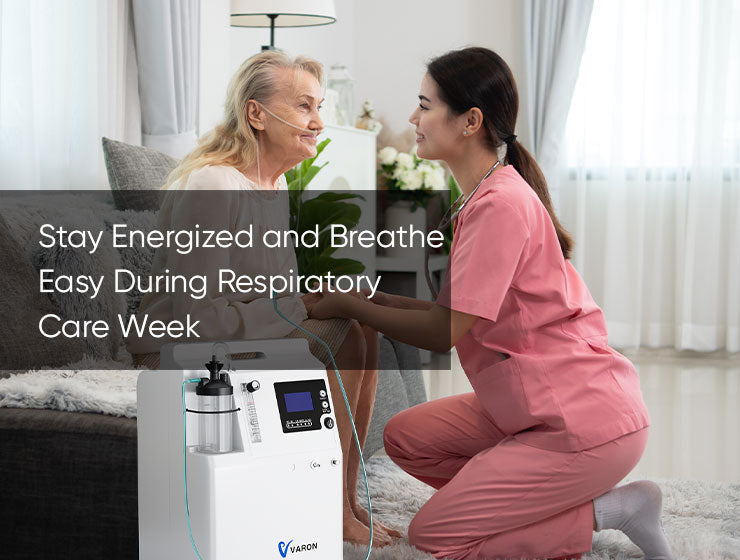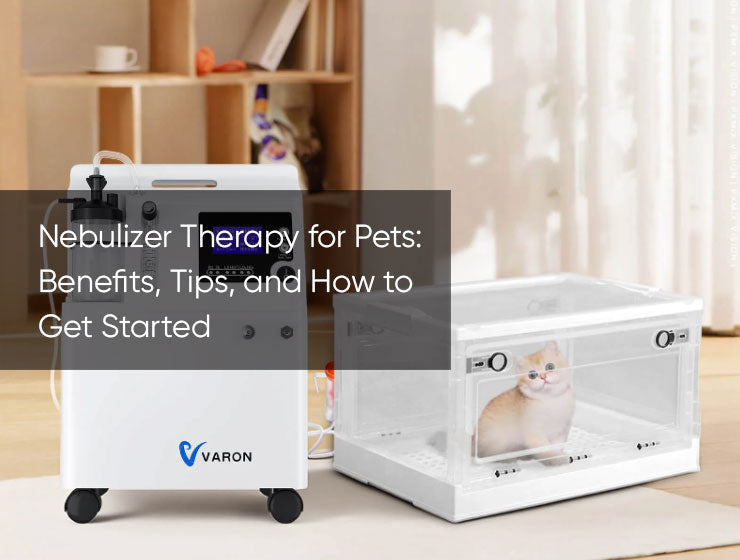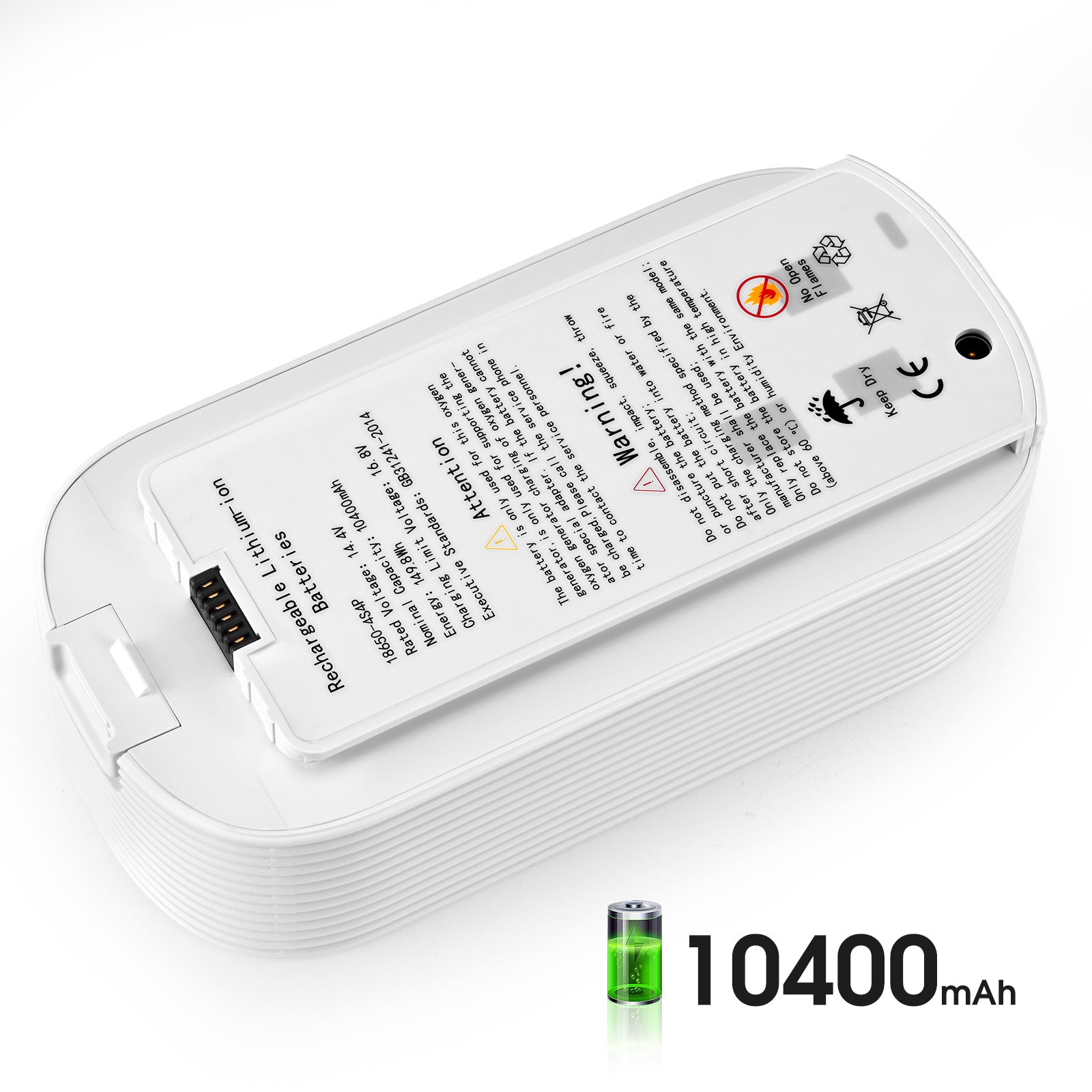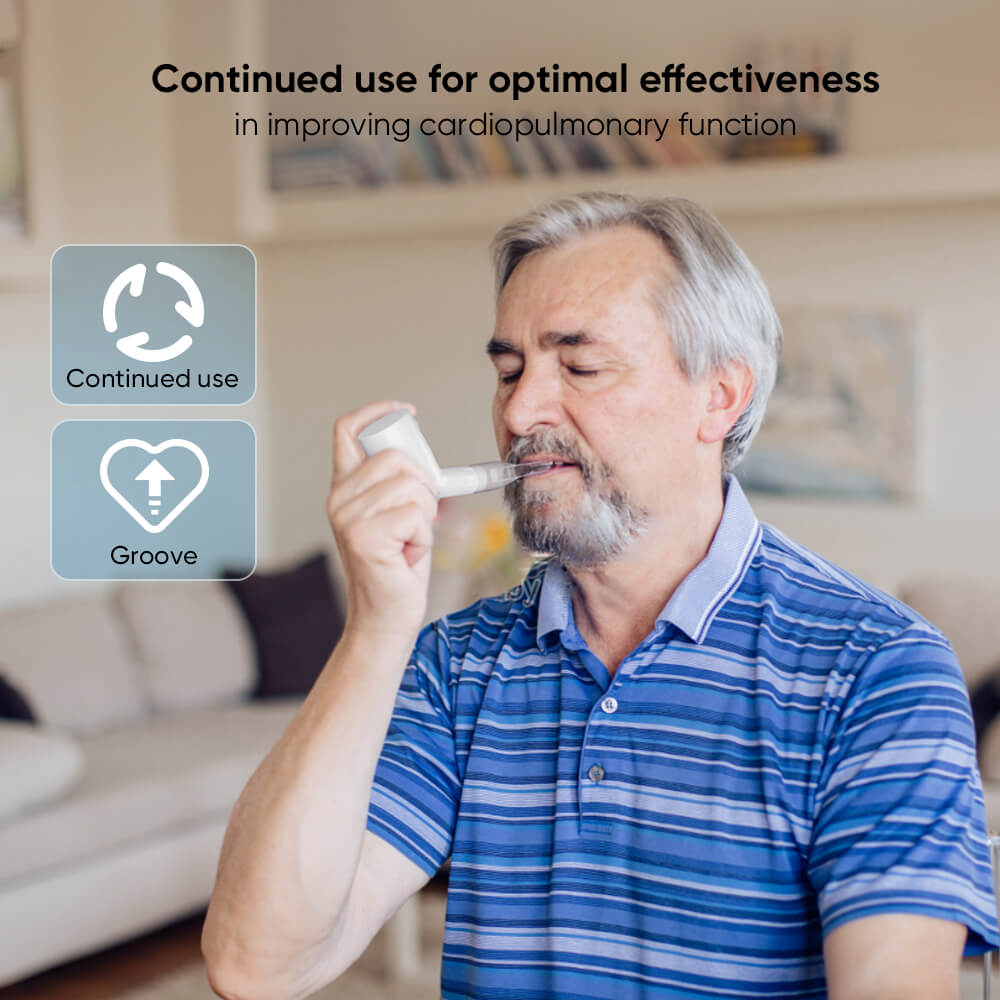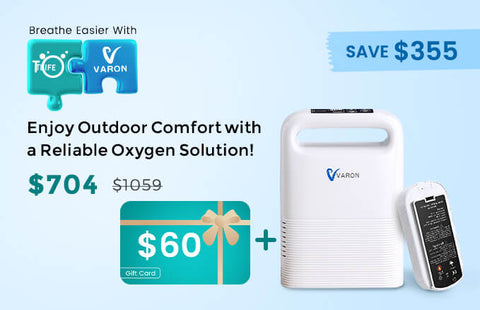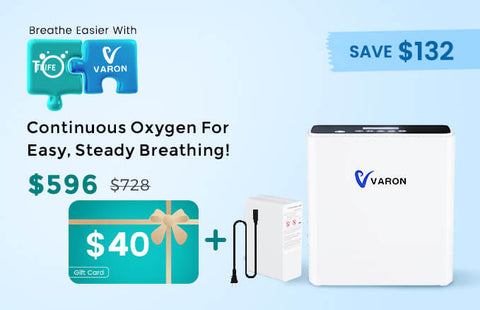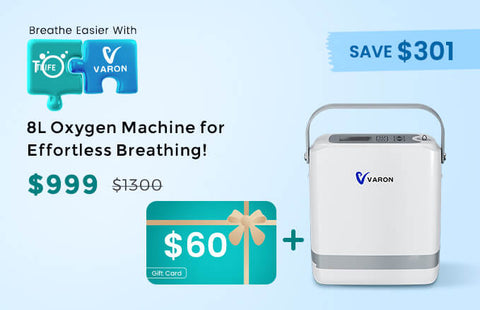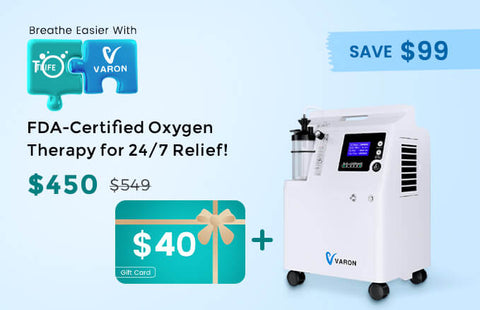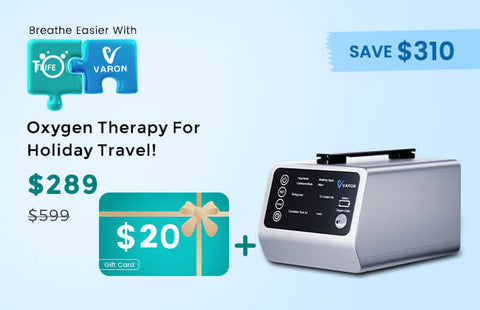LPM is an abbreviation of litres per minute (l/min). When used in the context of a particle counter's flow rate, it is a measurement of the velocity at which air flows into the sample probe. For example, a flow rate of 2 LPM means the particle counter will sample 2 litres of air per minute.
With each LPM of supplemental oxygen, the patient receives an additional 3-4% of oxygen, so a patient receiving 3 LPM during oxygen therapy would be breathing air that is approximately 30-33% oxygen. For the majority of people requiring supplemental oxygen therapy, increasing their breathable oxygen to about 30-35% improves their blood oxygen levels, thereby providing therapeutic benefits. Whether you use a compressed oxygen cylinder, a liquid oxygen tank or an oxygen concentrator, your oxygen will be dispensed to you based on the LPM liter flow prescribed to you by your doctor.
What is meaning of 5LPM oxygen concentrator?
5 Liter Oxygen Concentrators offer medium oxygen flow and are the staple for oxygen therapy, delivering adequate oxygen flow for over 90% of oxygen patients. ... The majority of oxygen patients require 2 liters per minute (LPM) or less to achieve an acceptable oxygen saturation.
Wondering “What is 5LPM availability with an Oxygen Concentrator?” Take a look.
ZH-A51: which is home oxygen concentrator and provides medical grade oxygen.
NT-01: This portable oxygen cencentrator is from VARON, and it’s belongs pulse flow.
What is difference between 1L and 5L oxygen concentrator?
The first can provide 1 litres of oxygen in a minute, while the 5L concentrator can provide 5 litres of oxygen in a minute. And the oxygen concentrator will produce different oxygen concentration. How much does an oxygen concnetrator can produce it depends on the attributes of the generators. You will find most portable concentrators with 5L capacity and that should be the minimum to look for. It is because when the oxygen level drops, you will need more concentrated oxygen.
Pulse Flow & continuous Oxygen Concentrator
The oxygen generator not only has the distinction of supplemental oxygen, it’s also has different oxygen flow. There are two types of oxygen flow,pulse flow and continuous flow. Pulse flow:Pulse flow puffs or pulses oxygen into your nasal passageway, through a cannula, with each breath. This means that oxygen is delivered only during inhalation and the device stores the oxygen when you exhale. Should the breathing rate increase, the oxygen concentrator will automatically adjust the pulse size and delivery frequency to maintain the required flow rate.
Start narrowing continuous flow concentrators by finding out which unit will meet your oxygen needs. Continuous Flow Concentrators are great solutions for those with sleep apnea or other conditions in which you require oxygen at night. These units deliver oxygen from .5 to 3 liters per minute at a steady and specified rate. Being equipped with continuous flow and pulse dose settings usually means the portable oxygen concentrator must be a little bigger than those with only pulse dose settings, ranging between 20 and 60 pounds.
What to Look for With Your Oxygen Concentrator
When choosing an oxygen concentrator, you need to consider how and where you will be using the machine, as this can let you know what type and how many liters you need, as mentioned above. Whether you are looking for pulse dose or continuous oxygen delivery systems, you will want to make sure that you find the perfect solution for your needs.Not only do you need to find an oxygen concentrator that can provide you with the proper liters per minute, you also want to find the high quality equipment.
Learn more about the options available and find those that you feel will best fit what you need from the oxygen concentrator. Above, there are several quality options that could work well for your needs. However, these are certainly not the only concentrators out there. Search for others that will meet your oxygen requirements for liters per minute of O2 and that have other features that you might need.


